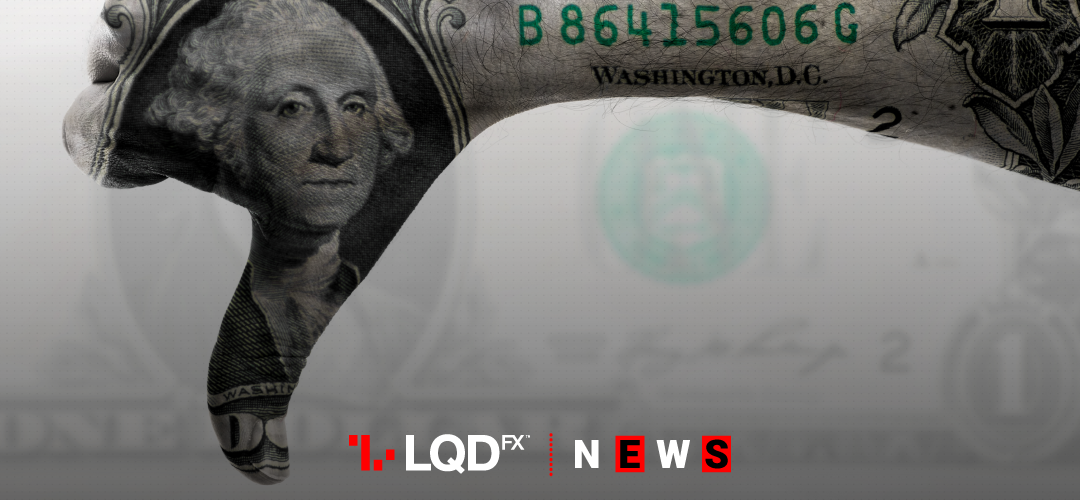Pressured by the stronger euro, the dollar index against a basket of six major currencies was down 0.2% at 96.991. Greenback gave up previous day’s gains.
This week both France and Italy reported higher than expected industrial output in February, offering positive signs for the bloc after some downbeat data. With the dollar broadly lower, the pound rose 0.2% to $1.3078 to cancel out most of the previous day’s losses.
Volatility for sterling plunged after a midweek deal at an emergency European Union summit to postpone Britain’s exit from the bloc to Oct. 31. The deal meant Britain would not crash out this week without an agreement.
The euro gained on Friday in a move dealers said may have be driven by anticipated currency demand. Such demand resulted from a Japanese bank’s plans to purchase a German multi-billion-dollar aviation finance business. The jump in the common currency occurred late in Friday’s Asia session. It saw the euro rise to a 2-1/2-week high.
START TRADINGForex – Dollar gave up most of Thursday’s gains
Markets are often quiet in the hours before European trade opens, and thin liquidity has in recent months caused sudden jolts or “flash crashes” in major currencies including the Swiss franc.
However, the heavily-traded euro-dollar currency pair, with a daily turnover of over $1 trillion, has recently traded in a narrow range at a time when volatility in foreign exchange markets is at a multi-year low.
The euro rose 0.35% to $1.1289 after touching $1.1294, its highest since March 26. The common currency also advanced about 0.4% to 126.23 yen, its strongest since March 21.
Sterling allied on Friday as the immediate risks around Brexit receded after the postponement of the departure date and as the dollar suffered a broad selloff, although collapsing volatility signalled a reluctance to bet big.
The pound remains stuck in a recent trading range. With investors unsure of immediate drivers for the pound, volatility expectations have plummeted. One-month implied volatility – a gauge of expected price swings – has tumbled to its lowest since January 2018. Three and six-month measures are at similar lows.
Further falls past those January 2018 lows would leave implied volatility back at levels last seen before the 2016 British Brexit referendum.
PLEASE NOTE The information above is not investment advice.
Sources: Reuters, Investing, CNN money
